Commercial successes and prospects of Mista Oncilla armored cars (Poland / Ukraine)
In 2014, the Polish company Mista presented a promising Oncilla wheeled armored vehicle, based on the Dozor-B vehicle from the Kharkov Mechanical Engineering Design Bureau. Subsequently, this sample was repeatedly demonstrated at exhibitions and was able to find customers. By now, mass production has been mastered and orders from two countries have been fulfilled. However, the further fate of the project is questionable and directly depends on its ability to interest new customers.
Complicated story
History armored car "Oncilla" dates back to the middle of the 2015s, when the KMDB on its own initiative developed the "Dozor-B" project. For a long time, the Bureau tried to attract the attention of the Ukrainian army, but it was not possible to get an order for new equipment. The production of Dozorov-B was only started in 10. Within a few months, XNUMX machines were built, after which production was curtailed: the customer was not satisfied with the low build quality.
In 2011, the Polish company Mista SP. Z OO (Staleva Wola), which was engaged in the production and repair of construction and road equipment, acquired a license to manufacture Dozora-B. It was reported that Mista is going to finalize the finished armored car and offer it to the Polish armed forces. Also, the possibility of selling equipment to foreign countries was not excluded.
A redesigned armored car called Oncilla (oncilla, a South American feline predator) was first shown at the Polish exhibition MSPO-2014. As reported, a prototype vehicle designed by Mista was built by the Kiev Armored Plant. The series was to be mastered by a Polish company, with some participation of Ukrainian suppliers.
Subsequently, this technique was repeatedly demonstrated at other events. Several times, new modifications and configurations of the armored car were proposed with certain features. The last such show took place just the other day, as part of the Kiev exhibition "Zbroya and Bezpeka-2021". It is curious that this time they showed a serial sample made for one of the customers.
Shows of "Oncilla" at exhibitions pursued a simple goal - the Polish company sought to interest potential customers and get contracts. In general, these tasks were solved, but the number and volume of orders still left much to be desired.
Two customers
Mista initially considered the Polish armed forces as the first buyer of new armored cars. The Oncilla armored car was offered to its own army, but it was not interested. As far as we know, the situation has not changed over the years, and the vehicle is unlikely to ever be accepted by the Polish army.
In early April 2017, Senegal hosted celebrations dedicated to the Independence Day. At the capital's military parade, a pair of new Oncilla armored cars was seen as part of a mechanized column. When the Senegalese-Polish supply agreement came into being is unknown. The number of vehicles ordered is also unclear. According to The Military Balance 2021, only two Polish armored vehicles remain in service with the African state.
At the beginning of 2019, Mista received the largest and most profitable order for its armored vehicles so far. The Armed Forces of Ukraine, finally disillusioned with the domestic "Dozors-B", decided to purchase a foreign version of this equipment. However, it was reported that the appearance of such an order was facilitated not only by the technical problems of Ukrainian armored cars, but also by commonplace corruption.
Under the terms of the contract, the Polish side had to manufacture and transfer to the customer 24 armored cars in the form of assembly kits. The total cost of such products is approx. UAH 200 million (approx. EUR 6,2 million). The assembly of armored cars from the supplied units was entrusted to NPK VK Sistema. The first deliveries of finished equipment to the armed forces were expected already in 2020.
Order fulfillment
It was reported that Mista shipped the first two assembly kits in November 2019. Already in December, Oncilla was conducted through demonstration tests in the presence of representatives of the army. The test car may have been made from new kits shortly before.
Tests have shown that the Polish armored car has a number of advantages over the Ukrainian Dozor-B. It favorably distinguished itself by its great workmanship and other features. At the same time, some disadvantages passed from one design to another. The conditions and ergonomics of the habitable compartment were unsatisfactory, the cross-country ability remained insufficient, etc.
Nevertheless, they decided to continue work on Polish armored cars. At the beginning of 2020, a couple of the first "Oncillus" went through a full cycle of tests and, despite the identified problems, was accepted by the army. In August last year, this technique was officially put into operation. At the turn of 2020 and 2021 VK Sistema received several more machine kits from Mista, which were assembled in the following months. On May 12 this year, a ceremony of handing over a batch of nine armored cars took place at the VK Sistema enterprise. It was reported that these are the last machines on order.
At the end of May, the Polish Ministry of Foreign Affairs clarified that 2020 Oncilla armored vehicles were transferred to the Ukrainian side during 16. The army received 9 more vehicles in mid-May - 25 units were delivered to Ukraine. equipment, incl. prototype for testing. Thus, the order has been successfully completed, and the production vehicles have already been distributed among the divisions and have begun service.
Motives for criticism
The delivery of Oncilla armored cars gives the Ukrainian army reason for optimism - especially against the background of the dubious epic with the base Dozor-B. However, the Ukrainian-Polish cooperation was constantly criticized, and new justified reasons for it regularly appeared.
First of all, the purchase of "Polish" equipment was criticized for reasons of national prestige. Having a domestic armored car, the army chose to buy a foreign version. The argument in the form of a better build faded into the background. The financial side of the project was not ignored. The foreign armored car, with a similar technical appearance, turned out to be much more expensive than the Ukrainian one. This circumstance indicated obvious corruption processes in the selection and procurement.
Tests at the end of 2019 showed that Oncilla has advantages over Dozor-B, but still retains a number of its negative features. The original armored car was criticized for these shortcomings, and they contributed to the army's abandonment of it. The problems of the Polish car, however, were ignored and recommended for adoption.
In the summer of 2020, on the eve of the transfer of the first two Oncilla armored cars, new details became known. It turned out that these machines were approved for operation in the army without passing the entire set of tests. They were tested on the tracks, and tests by shelling and detonation were not carried out. Accordingly, an armored vehicle entered service, which did not confirm its ability to protect the crew.
Commercial prospects
The armored vehicle "Dozor-B" developed by the KMDB was presented 15 years ago, reached small-scale production only in the middle of the tenth years, and only 10 vehicles were built. The Oncilla project is more fortunate. The prototype was shown in 2014, and to date, Mista has sold 27 armored cars. However, the future of this development is in question.
Dozor-B and Oncilla are typical representatives of their class and do not have any decisive advantages over potential competitors. At the same time, during the tests, various shortcomings of a technical and operational nature were revealed.
Also worth noting is the damaged reputation of armored cars, which can scare off a potential customer. Even its own army abandoned the basic Dozora-B, which confirms the known problems. Corruption processes around "Oncilla" further worsen the picture. It seems that armored cars from the KMDB and Mista can be of interest to the army only as a cover for bribes and embezzlements.
Thus, the Mista Oncilla armored car still retains some chances of finding a third buyer. However, there are a number of factors that can scare off the customer. Time will tell whether the Polish armored car with Ukrainian roots will be able to improve its position on the market. Any scenario can be expected for now.
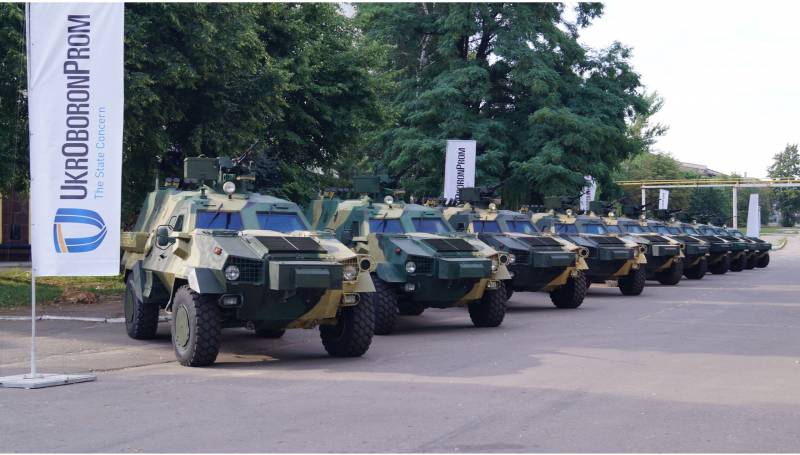
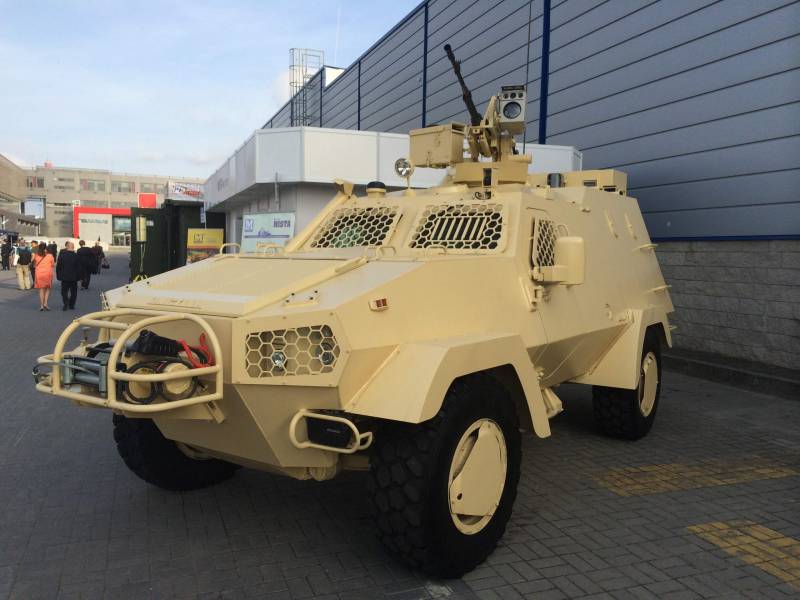
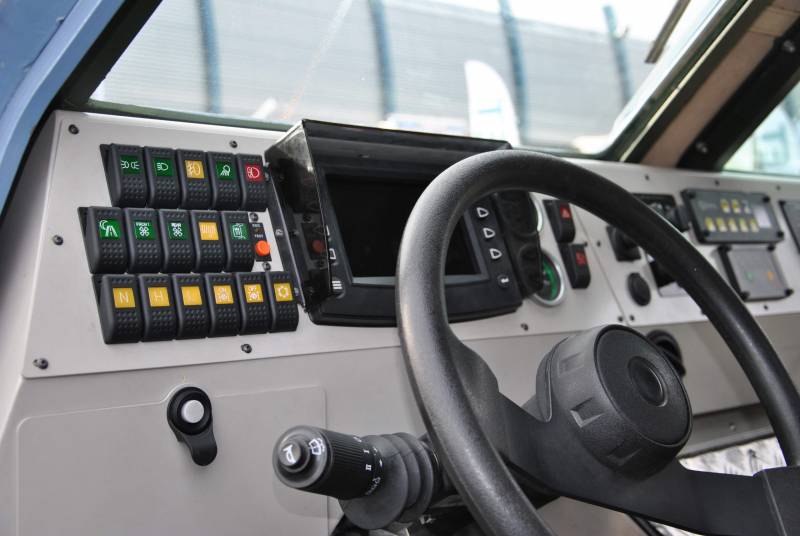
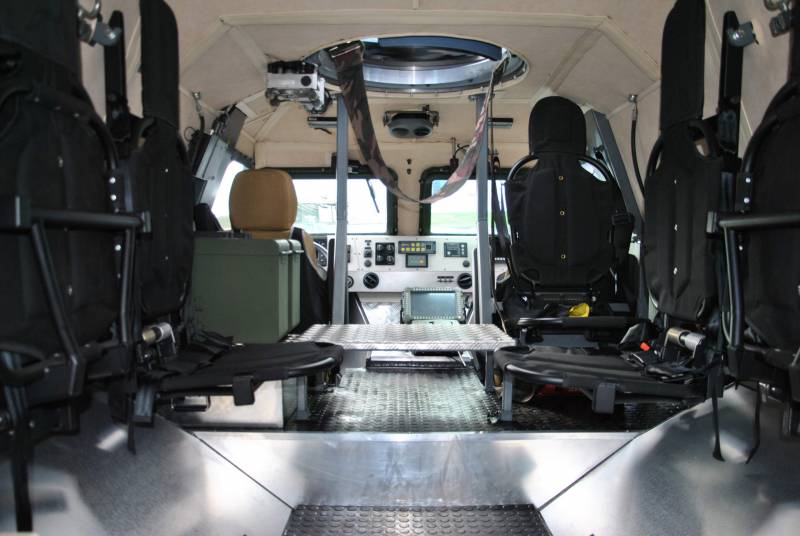
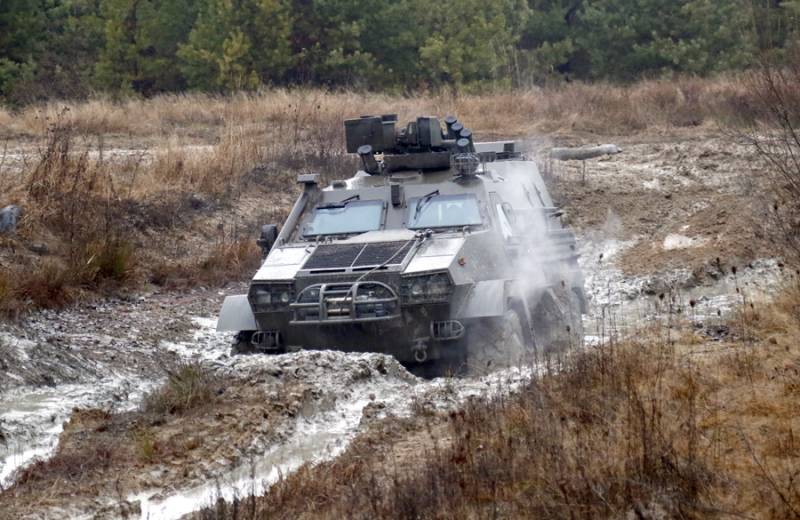
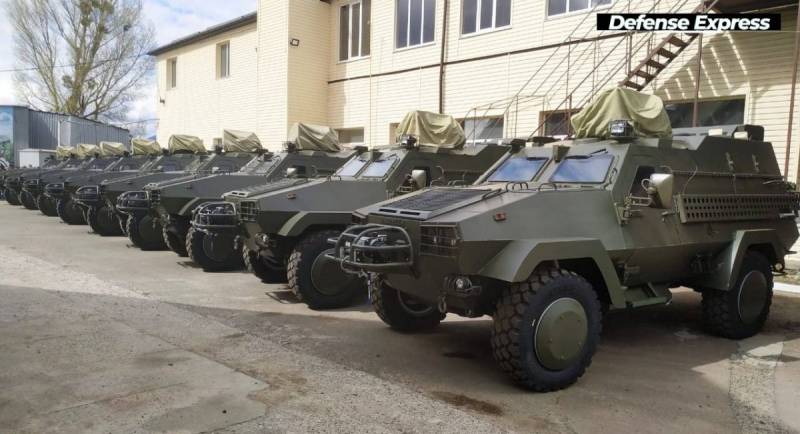
Information